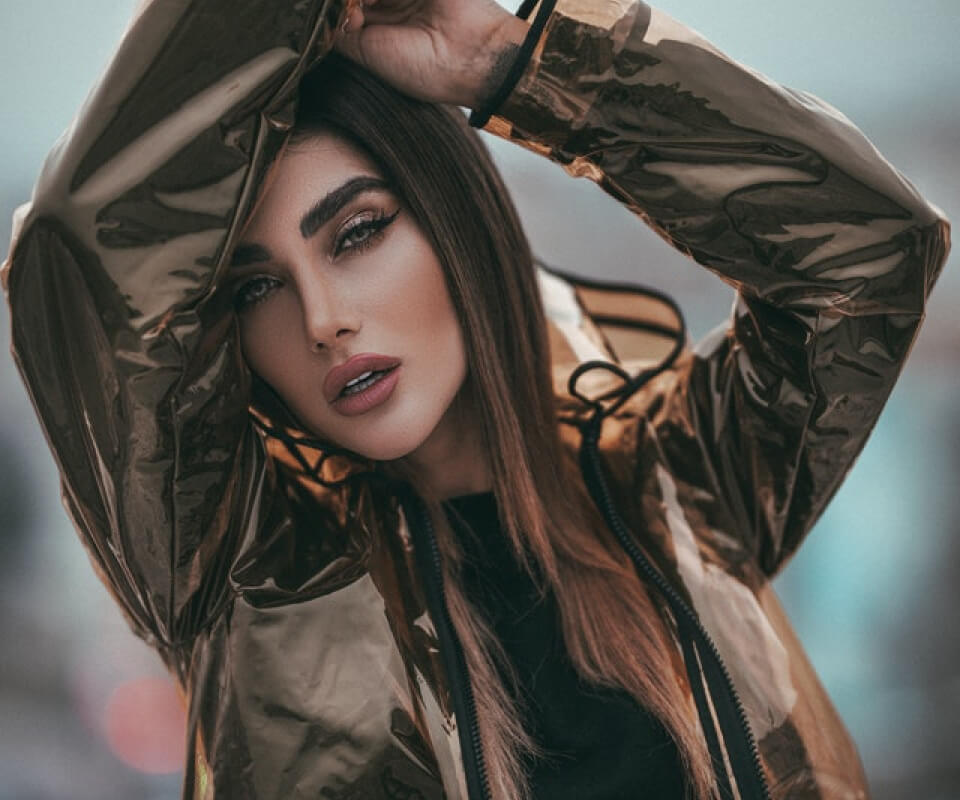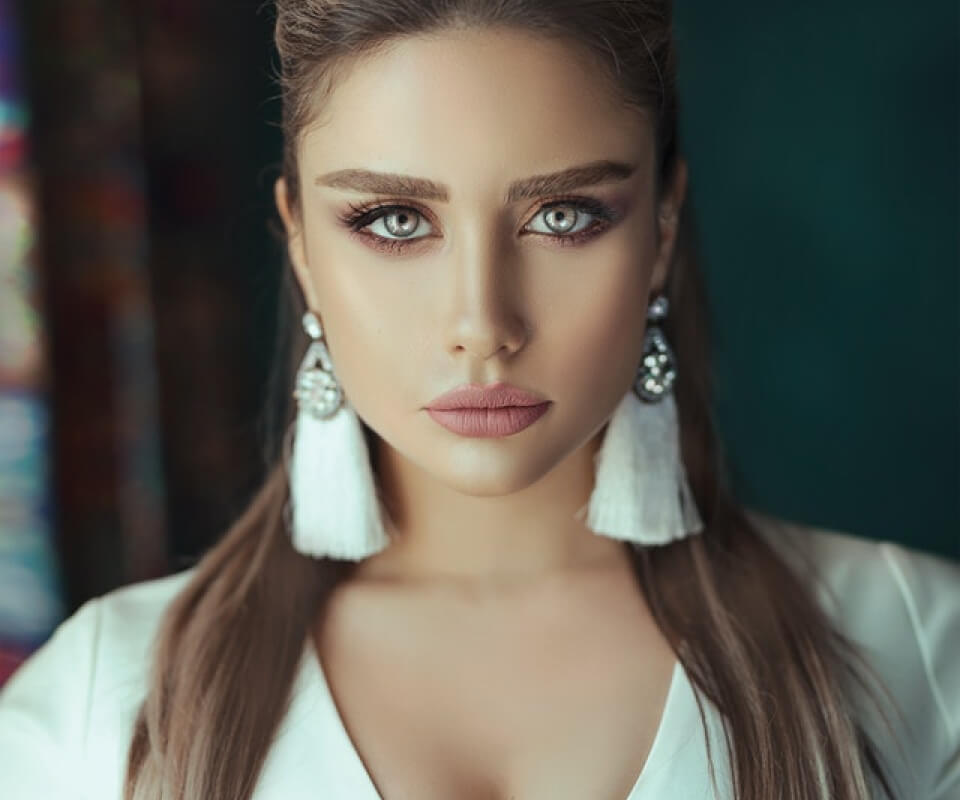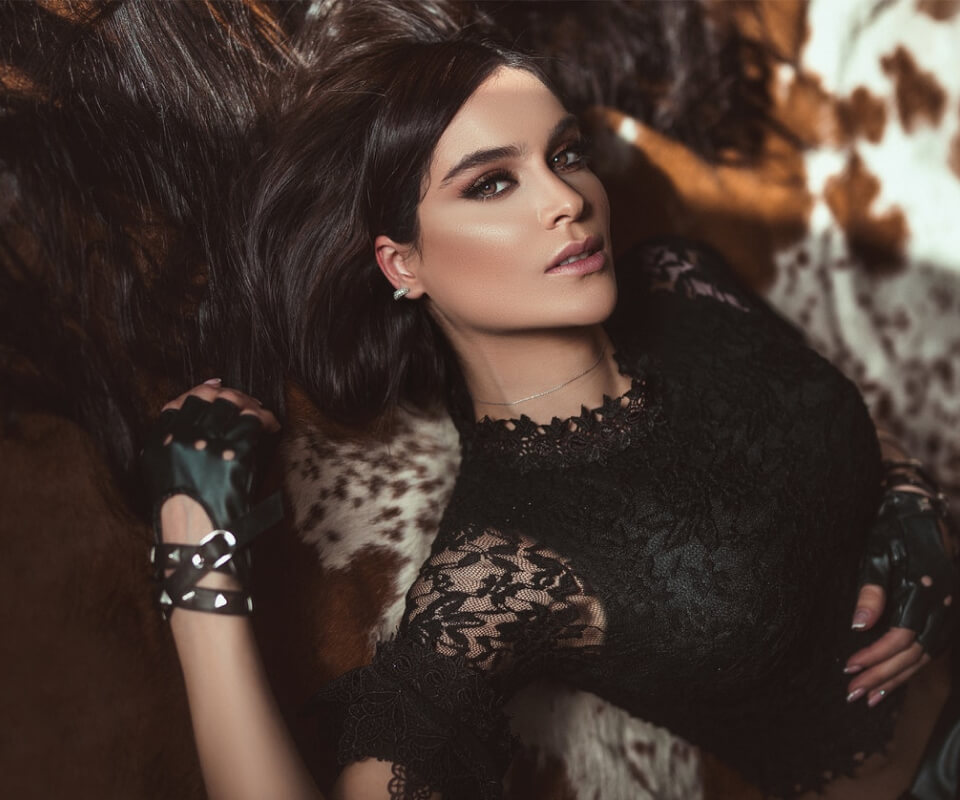[ad_1]
Khatib, who is half Lebanese and half Palestinian, cites the stark difference between celebrating Eid in her homeland versus in America. “Community back home is definitely different. When celebrating in your home country, it really gives you a feel that you’re observing a holiday and everyone is giving thanks and remembering God — it’s a very beautiful sentiment,” said Khatib. “In the States, there’s a lot more time management that has to be done since everyone isn’t in one big neighborhood — but you forget all about that once you’re able to meet up with your favorite people. Everyone still tries to keep their traditions alive, and I think it’s wonderful. That togetherness on a holy day makes you feel like home is never too far.”
To remember that community, Khatib uses her clothing to maintain closeness. “There’s a lot of intention behind the clothes we pick out, they’re not just random pieces,” she said. “What we choose allows us to represent where we’re coming from. You’re really able to see how different people around you express themselves based on their henna or abaya style. To me, it’s not about what you wear, but why you’re wearing it. On Eid, when I put on clothing that resonates the most with my background, I feel more like myself and less of a character playing a role.”
“Regardless of wherever I am in the world, remembering that I’m celebrating a special holiday with people who share my faith is something that always grounds me and reminds me that I’m not alone. You’re never truly disconnected from where your roots lie.”
For Iraqi Kurdish-Assyrian artist Maryam Salih, preparations are made a week in advance through curated clothing and lending a helping hand.
“Before Eid, I prepare by having my outfit ready at least a week before, and send out any money that I can back home towards those in need. This is called Fitrana,” Salih explains. “Being half-Kurdish, I sometimes wear my traditional clothing during the day as we get together with family and go out.”
“On the morning of Eid, I typically wake up to a ton of traditional foods made by my parents that consist of rice and bean stew, Sheikh el Mahshi (eggplants & zucchini stuffed with meat), clotted cream with honey, tea, and so much more,” Salih said. “Each country and ethnicity incorporates different items on the table, but as an Iraqi Kurdish Assyrian, this is what our traditional foods tend to look like.”
Through faith and engaging with her creative outlets, Salih is able to look inward and feel most like herself, especially during times of worship.
“Connecting with myself and my identity through prayer and my art are the two biggest things in my life at the moment. As an artist, I am able to physically express myself through fashion and makeup. For this year’s Eid, I hope to give more to my community and feel closer with Allah, inshallah.”
Like Salih, Laila Daoud is keen to make sure she is adequately prepared for the festivities in advance. She tends to opt for traditional tunics, or kaftans, and aligns the color scheme of her look accordingly.
[ad_2]
Source link





